
China has unveiled plans to spend at least 1.2tr yuan ($174bn) on wind and hydro power over the next five years as it doubles down on efforts to green its energy system.
Documents released by the National Energy Administration (NEA) on Tuesday and reported by Reuters set out a blueprint for scaling the two clean energy industries.
Some 700bn yuan ($101bn) of this will be spend on new wind power, creating around 300,000 jobs in the country and cutting more than 380 million tonnes of carbon dioxide by the end of the decade, according to the NEA.
China is already the world’s leading installer of wind power, with the International Energy Agency (IEA) suggesting in September the country is building wind turbines at a rate of two every hour – double that of the United States.
In its draft 13th Five-Year Plan released earlier this year China said it plans to boost wind capacity from 145GW in 2015 to 250GW by the end of the decade, alongside vast increases in nuclear and solar energy generation.
However, pressure is mounting on the government to do more to address the oversupply of energy in the country, which is contributing to high levels of curtailment of clean energy.
Source: businessgreen.com




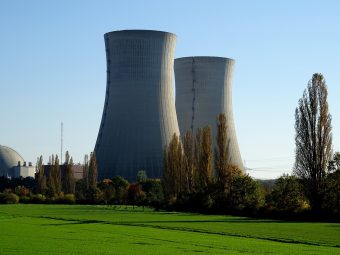
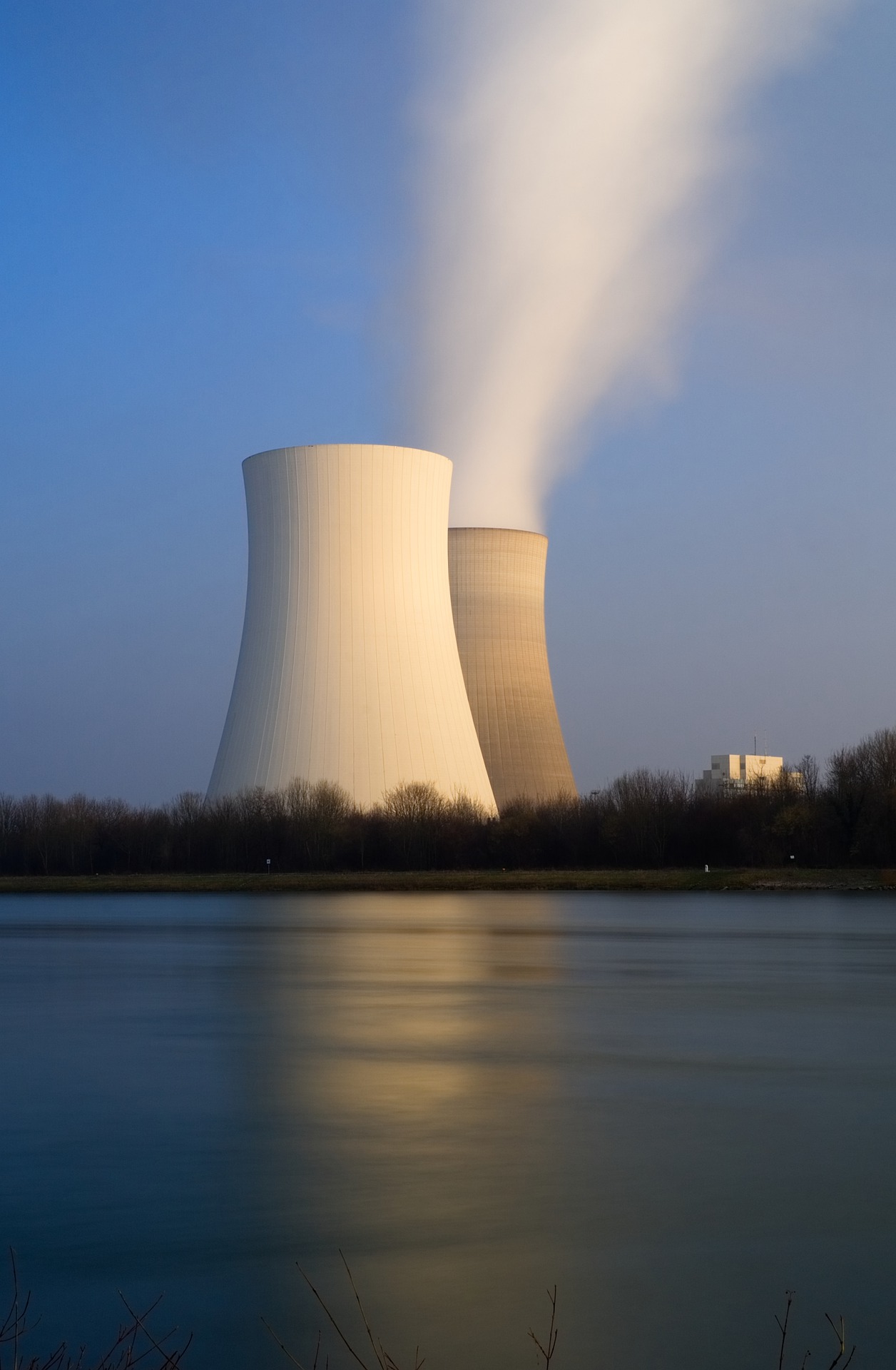


 A ceremony in Chernobyl today marked the successful conclusion of the sliding operation, a key milestone before the finalization of the international programme to transform Chernobyl into an environmentally safe and secure state by November 2017. Thirty years after the nuclear disaster in Chernobyl, the radioactive remains of the power plant’s destroyed reactor 4 have been safely enclosed following one of the world’s most ambitious engineering projects.
A ceremony in Chernobyl today marked the successful conclusion of the sliding operation, a key milestone before the finalization of the international programme to transform Chernobyl into an environmentally safe and secure state by November 2017. Thirty years after the nuclear disaster in Chernobyl, the radioactive remains of the power plant’s destroyed reactor 4 have been safely enclosed following one of the world’s most ambitious engineering projects.

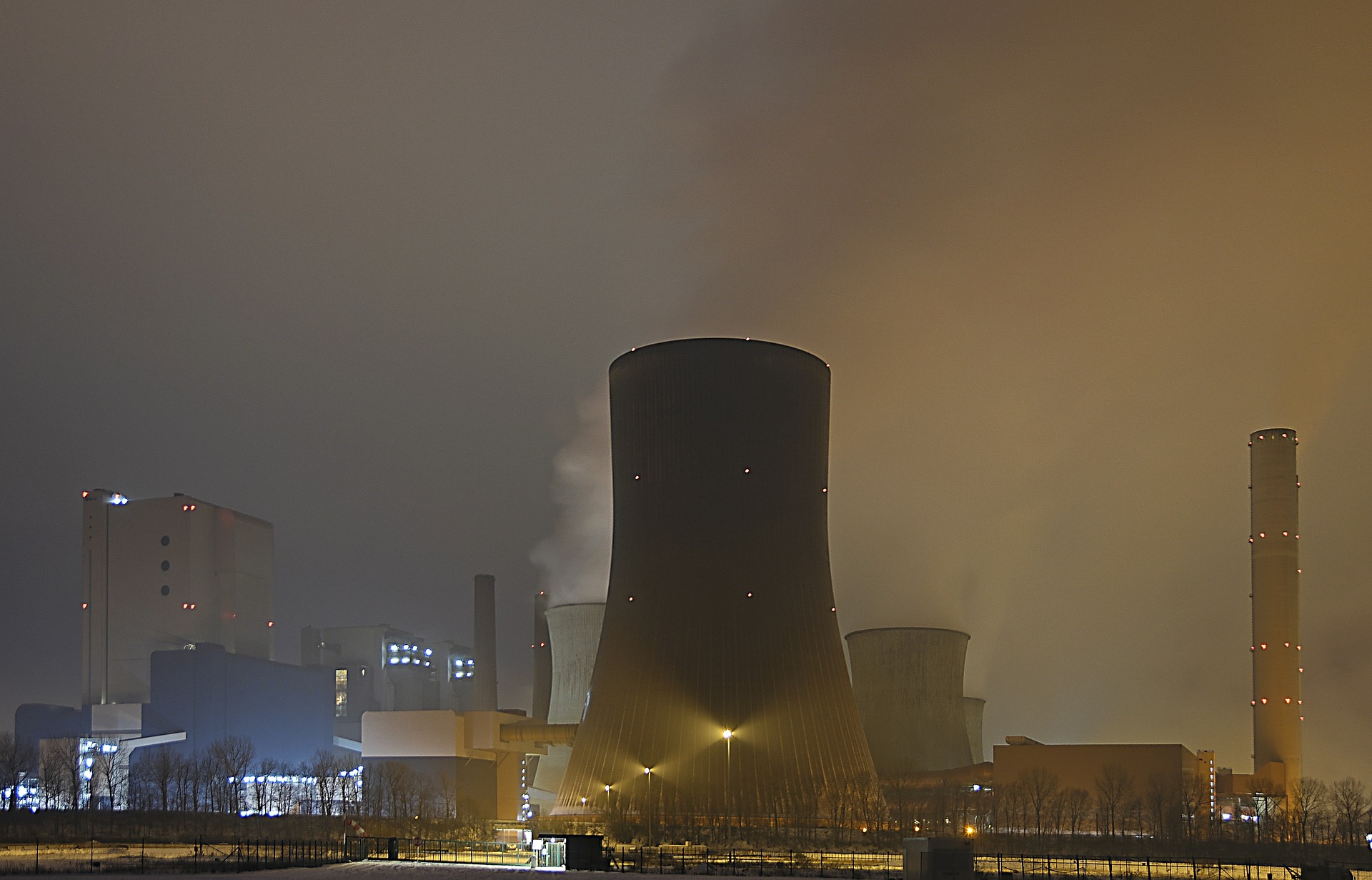
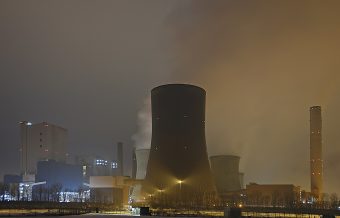


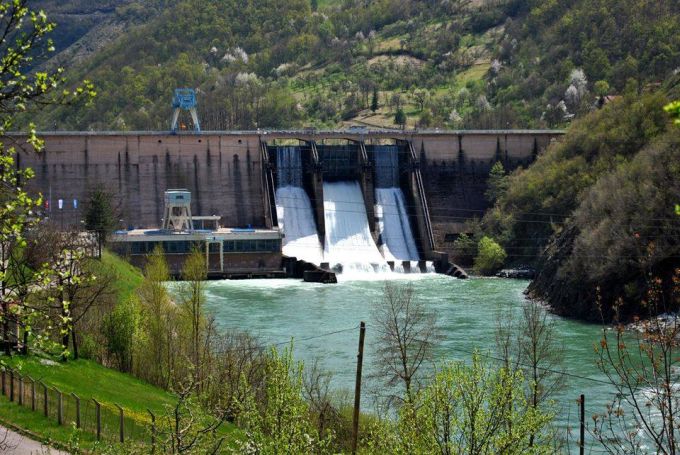
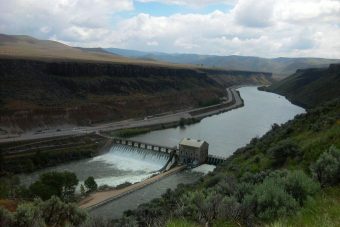


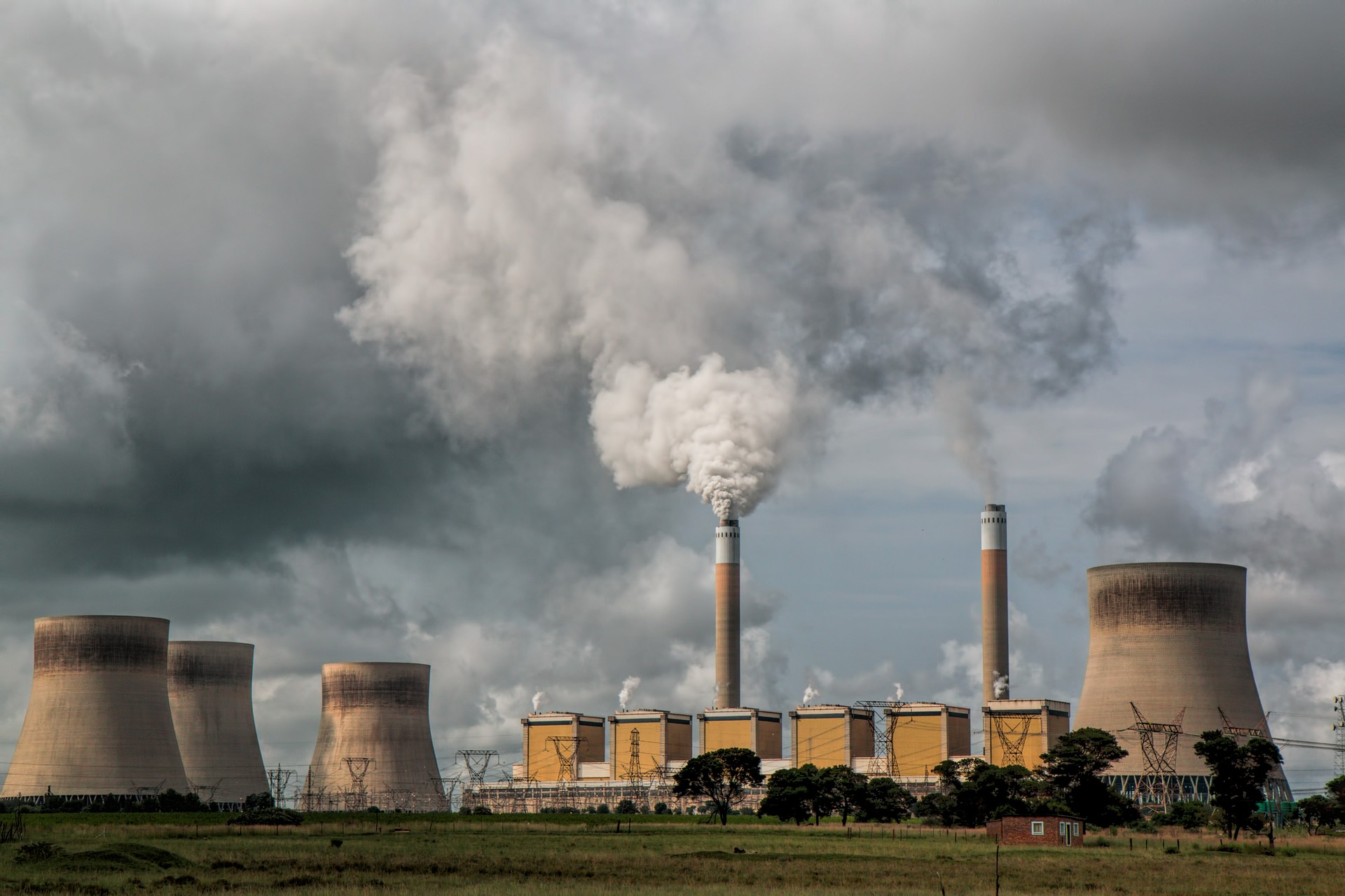
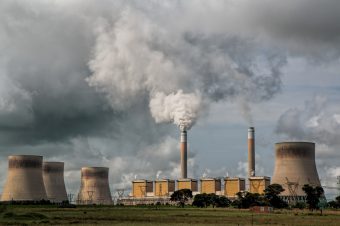
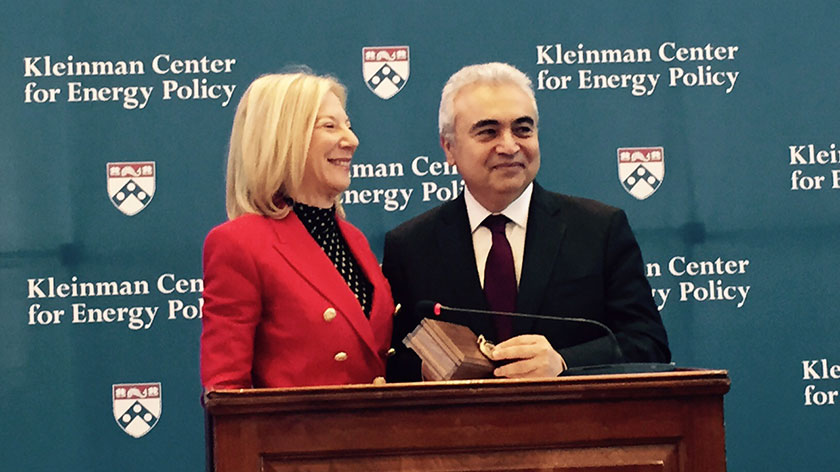
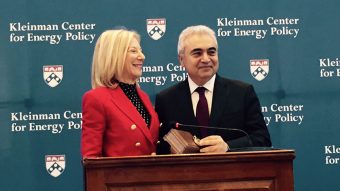 Dr Fatih Birol, the Executive Director of the International Energy Agency, was awarded the second annual Carnot Prize from the Kleinman Center for Energy Policy at the University of Pennsylvania’s School of Design for his “distinguished contributions to energy policy.”
Dr Fatih Birol, the Executive Director of the International Energy Agency, was awarded the second annual Carnot Prize from the Kleinman Center for Energy Policy at the University of Pennsylvania’s School of Design for his “distinguished contributions to energy policy.”
 Two scientific and technical cooperation programs for the period 2016 through 2021 were signed few days ago at the Gazprom headquarters, with one program inked by Gazprom, Magnitogorsk Iron & Steel Works, and TMK, and the other by Gazprom, Magnitogorsk Iron & Steel Works, and Chelyabinsk Pipe Rolling Plant.
Two scientific and technical cooperation programs for the period 2016 through 2021 were signed few days ago at the Gazprom headquarters, with one program inked by Gazprom, Magnitogorsk Iron & Steel Works, and TMK, and the other by Gazprom, Magnitogorsk Iron & Steel Works, and Chelyabinsk Pipe Rolling Plant.




